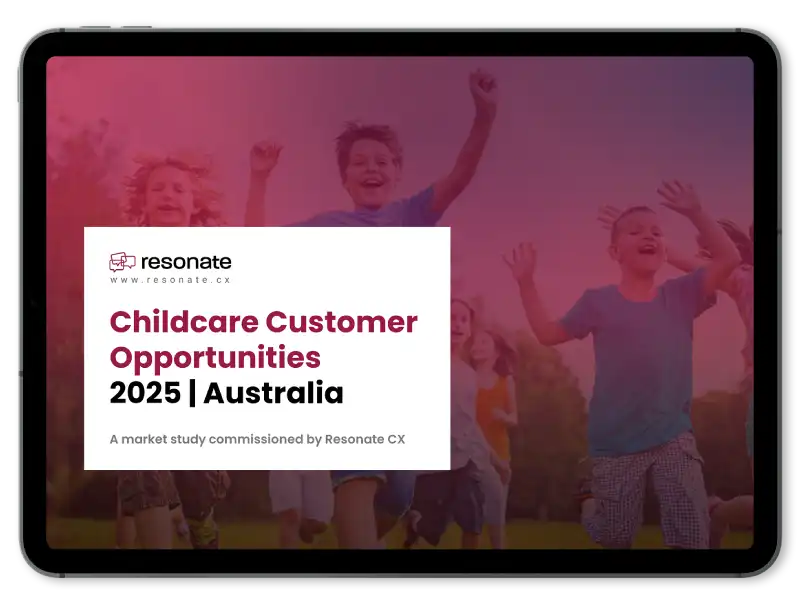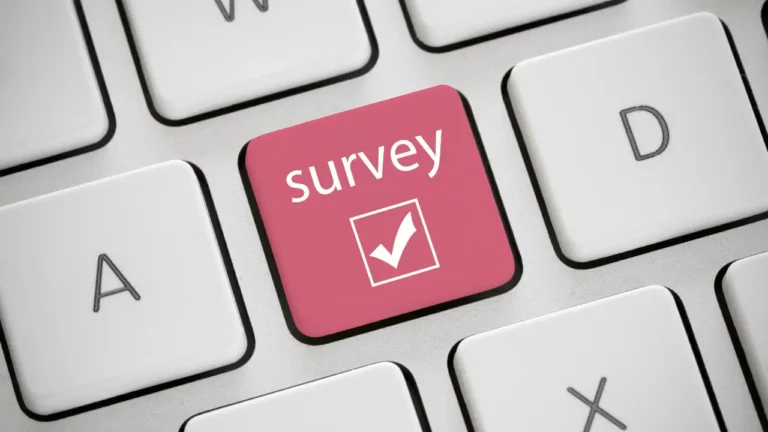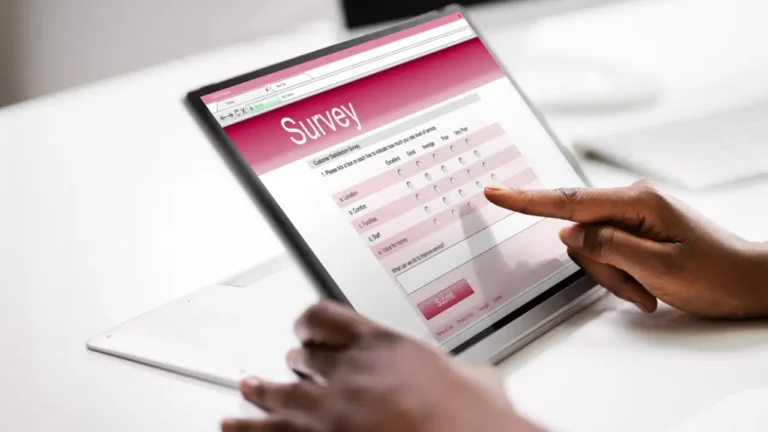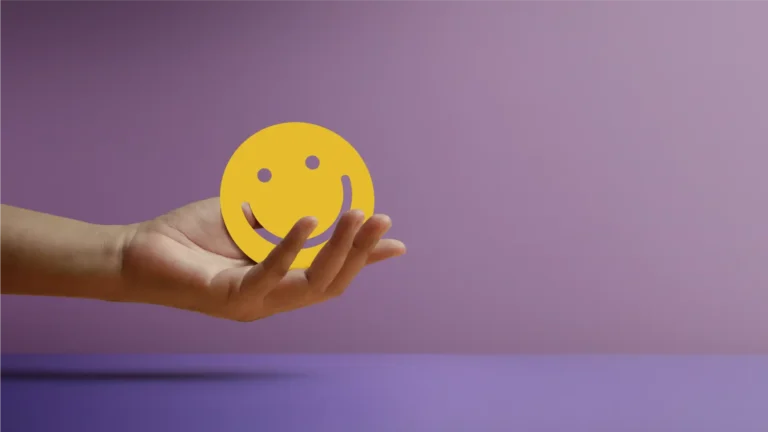TLDR:
- A CX Risk Radar is an early-warning system that proactively detects potential customer experience issues before they become formal complaints. This technology-enabled framework moves businesses beyond traditional reactive CX management by continuously scanning customer interactions for brewing problems.
- The first pillar involves comprehensive Data Collection and Monitoring across various customer touchpoints to create a 360-degree view of sentiment. Tools like Text Analytics automatically surface critical themes and sensitive issues that require attention, eliminating the need for teams to manually sift through all feedback.
- The second pillar focuses on Risk Assessment and Prioritisation by analyzing the gathered data and assigning risk scores. By comparing the likelihood and impact of various threats in a risk matrix, companies can efficiently determine which issues demand immediate attention.
- The final pillar, Action and Mitigation, ensures that businesses respond to negative outcomes before they have a chance to spread and cause churn. High-risk scores can trigger automatic alerts, notifying the right decision-makers with the context they need to act fast.
- Implementing a CX Risk Radar offers significant business value, including the prevention of costly customer churn and improvement of operational efficiency. This proactive system also enhances brand reputation by demonstrating attentiveness to customer needs, leading to increased revenue.. By creating exceptional experiences, businesses can turn customers into brand ambassadors who promote their products and services.
What if you could see a customer problem brewing before they ever had to complain? For many businesses, that kind of foresight could mean the difference between keeping a loyal customer and watching them walk out the door.
The reality is stark: poor customer experience (CX) is costly. Even loyal customers can walk out if you deliver an experience that is not up to their long-held expectations. According to a PwC survey, 32% of customers will leave a brand they love after just one bad interaction. With expectations higher than ever, organisations need tools that don’t just respond to issues. What they need is a way to prevent them.
That’s where a CX risk radar can be valuable. Acting as an early-warning system, it continuously scans customer interactions to detect risks before they become an issue. Resonate CX’s Risk Alert feature enables businesses to put this idea into practice, making it easier to safeguard hard-earned customer loyalty and build trust among new customers at scale.
What Exactly Is a CX Risk Radar?
Think of it as a radar system sweeping the skies. However, instead of searching for storms or aircraft, a CX risk radar scans for brewing issues that might disrupt the customer experience.
It’s more than just another way to model customer feedback loops. A CX risk radar is a structured, technology-enabled framework that collects and analyses customer data across multiple touchpoints to spot risks in advance, in real time.
This approach represents a fundamental shift in how businesses develop the customer experience. Traditional CX efforts are mostly reactive. The specific methods may be slightly different from each other, but they all involve waiting until complaints come in before the business takes action. A CX risk radar, on the other hand, gives teams the ability to prevent problems before they even occur.
The Three Pillars of a CX Risk Radar
Pillar 1: Data Collection and Monitoring
The purpose of every radar is to provide information. Unlike simpler feedback loops that focus on one channel, a CX risk radar draws from a combination of signals to provide organisations with a 360-degree view of customer sentiments as they develop.
CX risk radars cannot have come at a better time. A McKinsey study found that 71% of consumers expected companies to deliver personalised interactions, with the data they gather. In other words, if you collect customer data, your customers expect you to do something useful with it.
With the support of Resonate CX, your team can go beyond simple data gathering and consistently deliver the kind of responses your customers are looking for. Risk Alert Text Analytics automatically surfaces themes and sensitive issues that need attention, saving teams from having to sift through every single comment manually.
Pillar 2: Risk Assessment and Prioritisation
Collecting data isn’t enough. For data to be useful, it must also be analysed and prioritised. A risk radar assigns scores to customer segments, touchpoints, or processes based on likelihood and impact. When likelihood is compared against impact in a risk matrix, companies can determine which threats demand immediate attention and which can be monitored over time. This allows businesses to efficiently deploy limited resources wherever they’ll have the greatest effect.
Pillar 3: Action and Mitigation
Finally, a CX risk radar allows businesses to begin responding to negative outcomes before they have a chance to spread. For example, high-risk scores on support tickets related to a product defect might trigger a supervisor alert. Likewise, a sudden spike in negative sentiment on social media could prompt a notification to trigger a preset communication strategy. In short, a CX radar lets organisations respond to risks before they turn into churn.
With Risk Alert, flagged incidents can be delivered straight to decision-makers through email notifications, ensuring that no critical feedback is overlooked and the right people can act quickly.
Why Your Business Needs a CX Risk Radar
Few investments offer the same range of benefits as a CX Risk Radar.
- Preventing customer churn. While getting new customers is always important, retention is always cheaper than acquisition, with studies showing it costs at least five times more to acquire a new customer than to retain an existing one. Mitigating risks before they blow out of proportion lets you preserve valuable relationships that might otherwise be lost.
- Improving operational efficiency. Proactive service prevents crises, reducing escalated support tickets and streamlining internal workflows. A study reports that this type of approach can also cut service costs by directly reducing customer inquiries and all the work needed to address them.
- Enhancing brand reputation. Brands that anticipate issues demonstrate a genuine attentiveness to customers’ needs, building their credibility. Customers who trust your business are, in turn, much more likely to recommend it to others, according to a PwC survey.
- Increasing revenue. A risk radar makes it much easier to deliver the stellar experiences demanded by today’s customers, encouraging future sales. A study published on the Harvard Business Review found that customers who had the best past experiences spend 140% more than those with the poorest.
Case in Point: A Fictional Scenario
Let’s say you’re an e-commerce retailer. The company’s analytics detect a sudden spike in abandoned carts, alongside a growing number of frustrated live chat messages about a checkout error.
With a traditional reactive framework, your team might uncover hours later at the soonest, depending on when they usually check your analytics and live chats. They would then need to escalate it to the IT team, often through multiple hand-offs that risk delays or miscommunication. The longer the issue remains unresolved, the greater the risk becomes to your business’s sales and reputation.
With a CX risk radar in place, the company doesn’t have to wait for complaints to pile up. The system can flag the risk and directly alert the IT team to the checkout error, allowing for a rapid fix. Customers who might have encountered a broken checkout instead enjoy a smooth experience, possibly without ever knowing a problem existed. The end result is preserved trust and revenues.
Protect Customer Loyalty with Real-Time Risk Alerts
Resonate CX’s Risk Alert transforms the concept of a CX risk radar into something actionable. Instead of leaving teams to manually sift through data, the feature continuously scans interactions across channels to detect and tip you off to warning signs in real time.
Risk Alert uses built-in Text Analytics to identify sensitive topics automatically, and sends targeted email alerts so teams know exactly when and where action is needed. The moment a potential issue surfaces, Risk Alert notifies the right people with the context they need to act fast, preventing small problems from escalating into churn drivers.
Even better, Risk Alert combines monitoring, analysis, and automation in a single workflow, simplifying your transition to proactive customer experience management. Once in place, your team can focus its resources on whichever CX areas require attention, before negative sentiment spikes online.
Conclusion
Customer expectations don’t seem to be slowing down, and neither are the risks to their loyalty. A CX risk radar gives your business a clear way forward in these challenging times. A solution like Resonate CX’s customer experience management platform can keep you on top of your customers’ concerns by combining monitoring, assessment, and action in a single framework. With features like Resonate CX’s Risk Alert, your organisation can detect and resolve emerging issues before they snowball out of control, protecting immediate revenue as well as long-term customer loyalty.
The future of customer experience will belong to businesses that anticipate risks before they happen. With Resonate CX, your business can be one of them.









